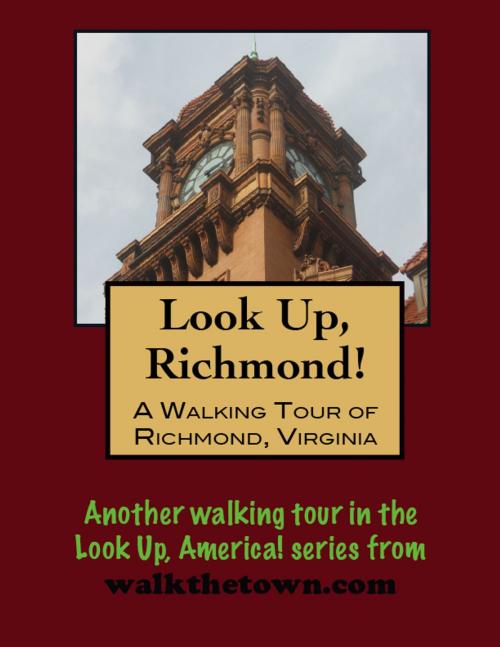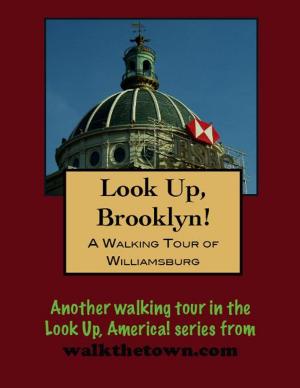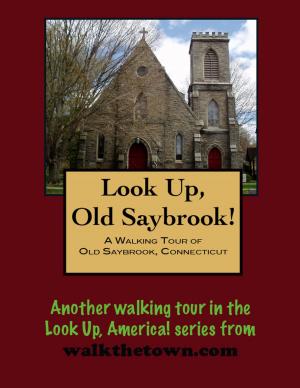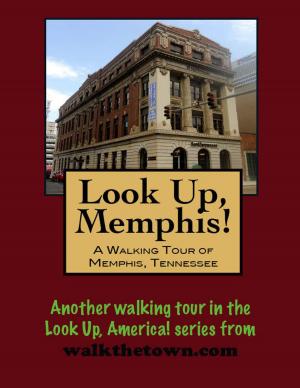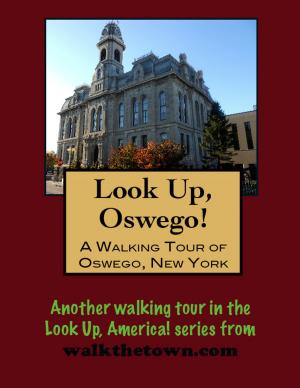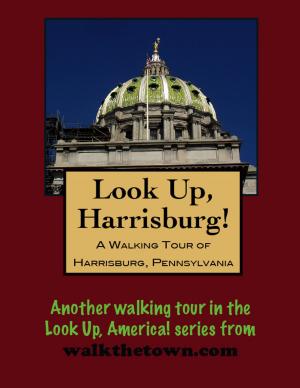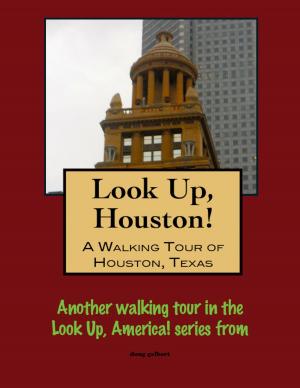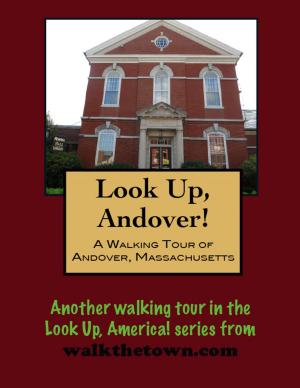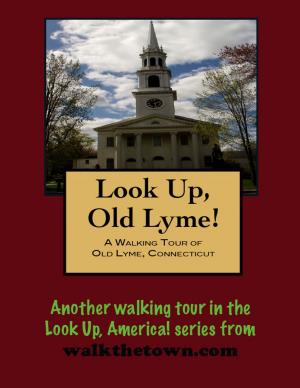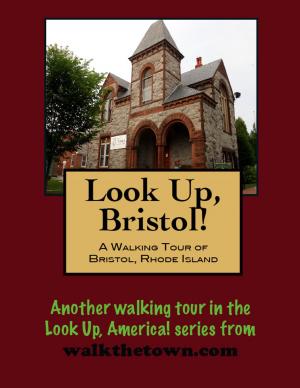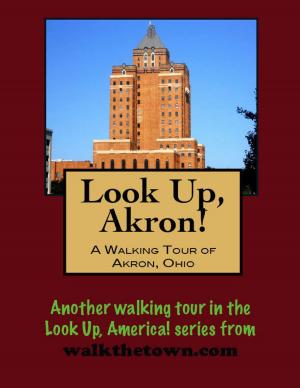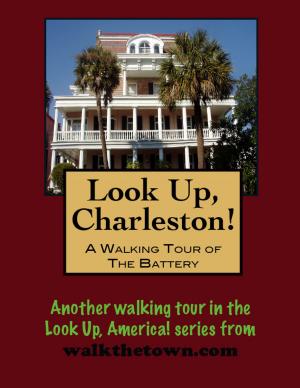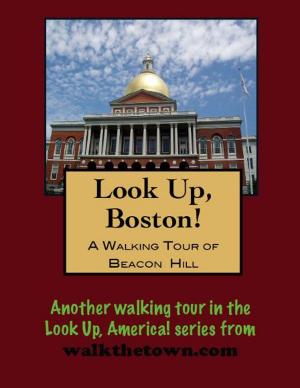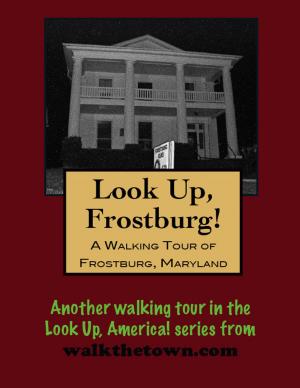| Author: | Doug Gelbert | ISBN: | 9781458034335 |
| Publisher: | Doug Gelbert | Publication: | December 30, 2010 |
| Imprint: | Smashwords Edition | Language: | English |
| Author: | Doug Gelbert |
| ISBN: | 9781458034335 |
| Publisher: | Doug Gelbert |
| Publication: | December 30, 2010 |
| Imprint: | Smashwords Edition |
| Language: | English |
There is no better way to see America than on foot. And there is no better way to appreciate what you are looking at than with a walking tour. Whether you are preparing for a road trip or just out to look at your own town in a new way, a downloadable walking tour is ready to explore when you are.
Each walking tour describes historical and architectural landmarks and provides pictures to help out when those pesky street addresses are missing. Every tour also includes a quick primer on identifying architectural styles seen on American streets.
Advantageously situated at the head of navigation on the James River, Richmond has been a serial capital city through the centuries. When this was the land of the Powhatan tribe it was one of their capitals, often called Shocquohocan, or Shockoe. The English began attempts at a settlement here as early as 1609 but development did not take until 1645 when Fort Charles was erected at the falls of the James. On October 27, 1673 Englishman William Byrd was granted 1,200 acres on the James River and became a prosperous fur trader on the land that would become modern-day Richmond.
In 1779 the capital of Virginia was moved out of Williamsburg to Richmond, following the flow of western-bound settlers to a more centralized location. At the time there were only 684 people living in the town and Governor Thomas Jefferson and the government had to scramble for rented and temporary quarters. Virginians embraced their new capital, however, and by 1790 the population had swelled to 3,761 and by 1800 had reached 5,730.
Richmond soon blossomed as the leading industrial center of the American South. The furnaces of the Tredegar Iron Works and Belle Isle Iron Works were stocked in 1833 and soon became the largest manufacturing site outside of the industrial North. Richmond flour mills also knew no equal and its factories hummed turning out paper and cigars and fertilizer. The city was a major transportation center and was the site of the world’s first triple railroad crossing.
Richmond became a capital city once again when the Confederate government moved here from Montgomery, Alabama in the early days of the Civil War in 1861, chiefly to be close to the crucial munitions coming out of the Tredegar Iron Works. It immediately became the focus of Abraham Lincoln’s Army of the Potomac and the first major campaign against Richmond took place in June of 1862. Union General George McClellan failed during the Seven Days Battles and it would not be for another three years that the capital city and the Confederacy would fall. On April 3, 1865, Richmond was evacuated and burned by its own people. It is estimated that one in every four Richmond buildings was destroyed in the blaze.
Richmond weathered the Reconstruction Era better than most and was soon the most densely populated city in the South. The world’s first cigarette-rolling machine was introduced in the city at that time and the world’s first successful electric street car system appeared on its streets. But like all American cities, Richmond’s manufacturing presence waned through the 20th century and today its economic engine is powered by law, finance, government and as a popular location for corporate headquarters.
Our walking tour will concentrate on the downtown area where Richmond’s historic warehouse district is located on the banks of the James River and where the city’s “Wall Street” can be found. But we will begin on the top of a hill where Thomas Jefferson once stood and sketched out the future home of the government that defines Richmond...
There is no better way to see America than on foot. And there is no better way to appreciate what you are looking at than with a walking tour. Whether you are preparing for a road trip or just out to look at your own town in a new way, a downloadable walking tour is ready to explore when you are.
Each walking tour describes historical and architectural landmarks and provides pictures to help out when those pesky street addresses are missing. Every tour also includes a quick primer on identifying architectural styles seen on American streets.
Advantageously situated at the head of navigation on the James River, Richmond has been a serial capital city through the centuries. When this was the land of the Powhatan tribe it was one of their capitals, often called Shocquohocan, or Shockoe. The English began attempts at a settlement here as early as 1609 but development did not take until 1645 when Fort Charles was erected at the falls of the James. On October 27, 1673 Englishman William Byrd was granted 1,200 acres on the James River and became a prosperous fur trader on the land that would become modern-day Richmond.
In 1779 the capital of Virginia was moved out of Williamsburg to Richmond, following the flow of western-bound settlers to a more centralized location. At the time there were only 684 people living in the town and Governor Thomas Jefferson and the government had to scramble for rented and temporary quarters. Virginians embraced their new capital, however, and by 1790 the population had swelled to 3,761 and by 1800 had reached 5,730.
Richmond soon blossomed as the leading industrial center of the American South. The furnaces of the Tredegar Iron Works and Belle Isle Iron Works were stocked in 1833 and soon became the largest manufacturing site outside of the industrial North. Richmond flour mills also knew no equal and its factories hummed turning out paper and cigars and fertilizer. The city was a major transportation center and was the site of the world’s first triple railroad crossing.
Richmond became a capital city once again when the Confederate government moved here from Montgomery, Alabama in the early days of the Civil War in 1861, chiefly to be close to the crucial munitions coming out of the Tredegar Iron Works. It immediately became the focus of Abraham Lincoln’s Army of the Potomac and the first major campaign against Richmond took place in June of 1862. Union General George McClellan failed during the Seven Days Battles and it would not be for another three years that the capital city and the Confederacy would fall. On April 3, 1865, Richmond was evacuated and burned by its own people. It is estimated that one in every four Richmond buildings was destroyed in the blaze.
Richmond weathered the Reconstruction Era better than most and was soon the most densely populated city in the South. The world’s first cigarette-rolling machine was introduced in the city at that time and the world’s first successful electric street car system appeared on its streets. But like all American cities, Richmond’s manufacturing presence waned through the 20th century and today its economic engine is powered by law, finance, government and as a popular location for corporate headquarters.
Our walking tour will concentrate on the downtown area where Richmond’s historic warehouse district is located on the banks of the James River and where the city’s “Wall Street” can be found. But we will begin on the top of a hill where Thomas Jefferson once stood and sketched out the future home of the government that defines Richmond...
